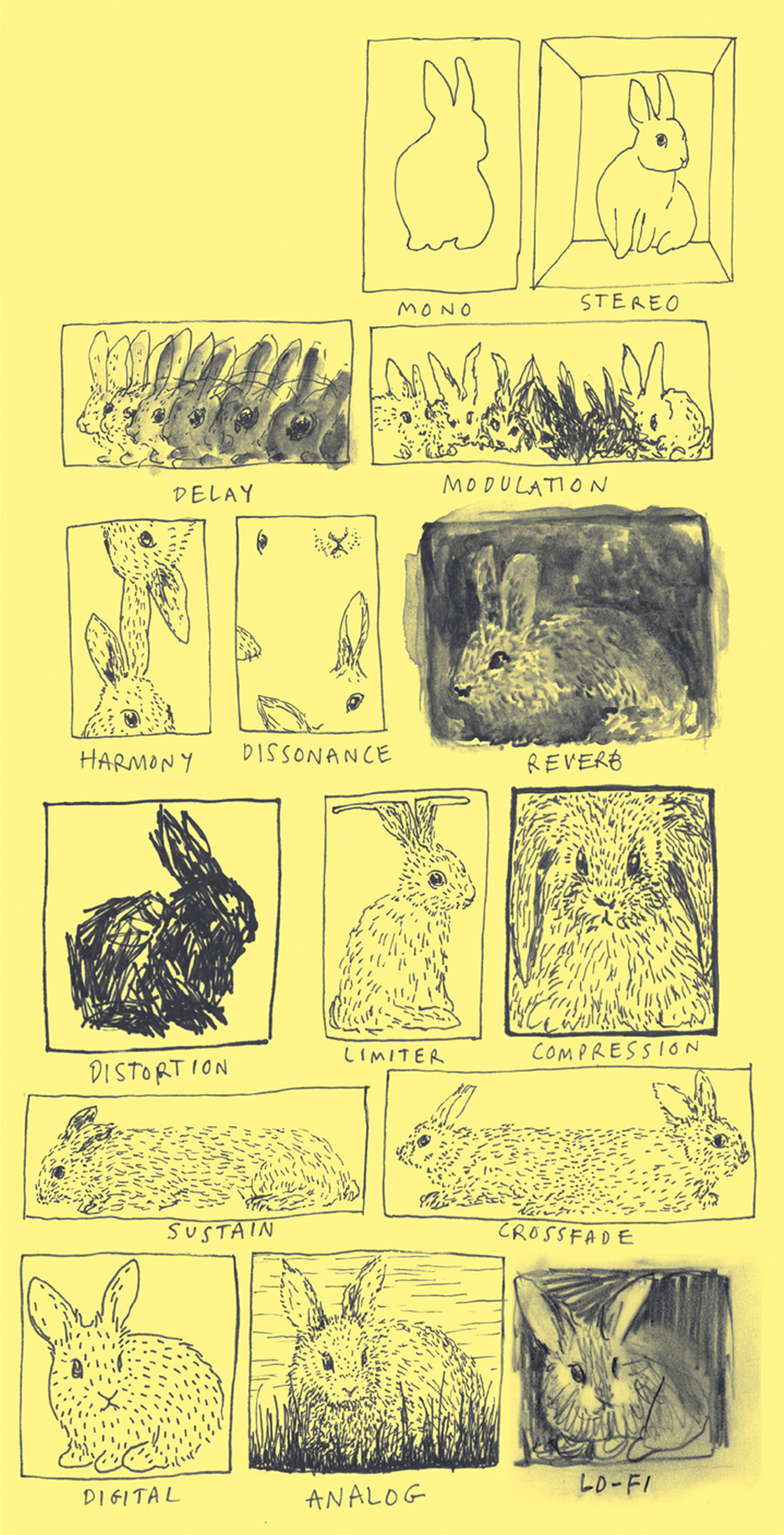These are fun days for adventurous electric guitarists. All sorts of permutations of the quintessential rock instrument have reared their headstocks in the past decade. We’ve got easy access to modeling guitars that mimic classics pretty convincingly. Also, there are baritone guitars, axes with seven (and more) strings, portable guitars — even “robot” guitars that tune themselves. And when rumors started to fly that Moog would be coming out with an electric guitar, ears perked up. In 2008, prayers were answered, and the Moog E1 was unveiled at NAMM that summer.
The E1 is, in some ways, a conventional electric guitar. Its body is made of wood. It has strings, frets, tuners, and a bridge (some models have a locking-type vibrato system). And of course, it has pickups (two magnetic and one piezo). As with most electric guitars, the pickups translate the energy of a vibrating string into an electrical impulse that, when greatly amplified, becomes the familiar sound of an electric guitar. But the E1’s magnetic pickups have other abilities. Not only can they “sense” energy from an already-vibrating string, they can also “put out” energy that will actually get the string vibrating in the first place, without the string having to be plucked. Think smooth, loping sustained notes. This function can also work in reverse by “stopping” the string from vibrating — sort of like a brake — allowing unique pizzicato/banjo effects. For power, the E1 uses an onboard 9V battery but also plugs into a foot pedal/power supply/junction box via a 5-pin cable.
Among the E1’s controls are a master volume knob; a pickup selector switch; a knob that enhances and blends in naturally-occurring harmonics; and a mode selector switch. In Full Sustain mode, all of the strings are energized by the magnetic pickups. It’s as if each string has its own Ebow. This is very cool and allows infinite notes as well as droning open notes, but can quickly become chaotic since all of the strings are constantly vibrating. Switching to Control Sustain mode, allows you to play single notes as well as chords by simply fretting. But any string that is not being fretted and/or plucked will not sound. Much more controllable and frankly pretty amazing.
A whole other aspect of the E1’s control panel is the filter section. While there is conventional tone roll-off available, you can switch over to the sweet, thick sound of a Moog resonant ladder filter, controllable on the guitar itself or with the supplied foot pedal. Using the filter with the pedal in Control Sustain mode, along with the added harmonics (and perhaps a delay pedal for good measure), opens up a whole new palette of guitar sounds and techniques. In the right hands, it’s quite an astonishing thing. There’s no shortage of demonstration videos on YouTube, if you’re curious.
It’s a nicely-built instrument with a set neck and medium-jumbo frets that are beautifully dressed right out of the box. I can’t personally say I love the semi-superstrat aesthetics of it; it’s a funny combination of pointy and rounded that makes me wish Moog had picked one or the other — or came out with two different looking models. Perhaps they wanted to appeal to the cosmetic tastes of as many players as possible — it’s certainly not offensive-looking. If I had a vote, I’d go with “rounded,” as this instrument sounds quite “round” to me.
I played the E1 quite a bit and found it somewhat difficult to get used to — not so much the playability, but the myriad controls. However, once I got my sea legs — learning knob locations and functions — I kind of couldn’t put it down. It’s a super fun, creativity-inducing instrument. Playing it like a conventional guitar was enjoyable too, but I found the “normal” tone to be a bit blunt and character-less. So, I tend to think of this as a specialty guitar — one that a player would choose for a particular treatment, but not necessarily use as a Swiss Army instrument. While the E1 was at my studio, I played a bit of swoopy, pad-like chords on the new albums by Boston electronica band Psylab and UK-based songwriter/producer Adam Fuest, and both artists were delighted with the tracks, remarking that they sounded like a cross between an electric guitar and a Moog synth.
When the E1 was introduced in 2008, its price, at almost $4000, was a definite shocker made difficult to swallow given the day’s economy. In the previous ten or fifteen years, we had all become accustomed to innovative technology being mass-produced and then offered to us for a tiny sliver of what it might have been several decades earlier. Four G’s was a big number for an admittedly cool instrument. Luckily, the price has come down considerably, with a fixed-bridge model now being offered for $2000. It bears keeping in mind that Moog Music does just about everything — from R&D, to manufacturing, to shipping & receiving — under one roof in Asheville, North Carolina. The Moog Guitar is made by hand, one at a time. (From $2000; www.moogmusic.com)
–Pete Weiss, www.weissy.com
Instruments | No. 42
SidStation MOS 6581 Synthesizer
by Geoff Farina
If I had put the same effort into my homework as into manually copying BASIC programs from Compute! magazine into my Commodore 64 in the early 80s, I would now be writing legal pleadings or...




_disp_horizontal_bw.jpg)